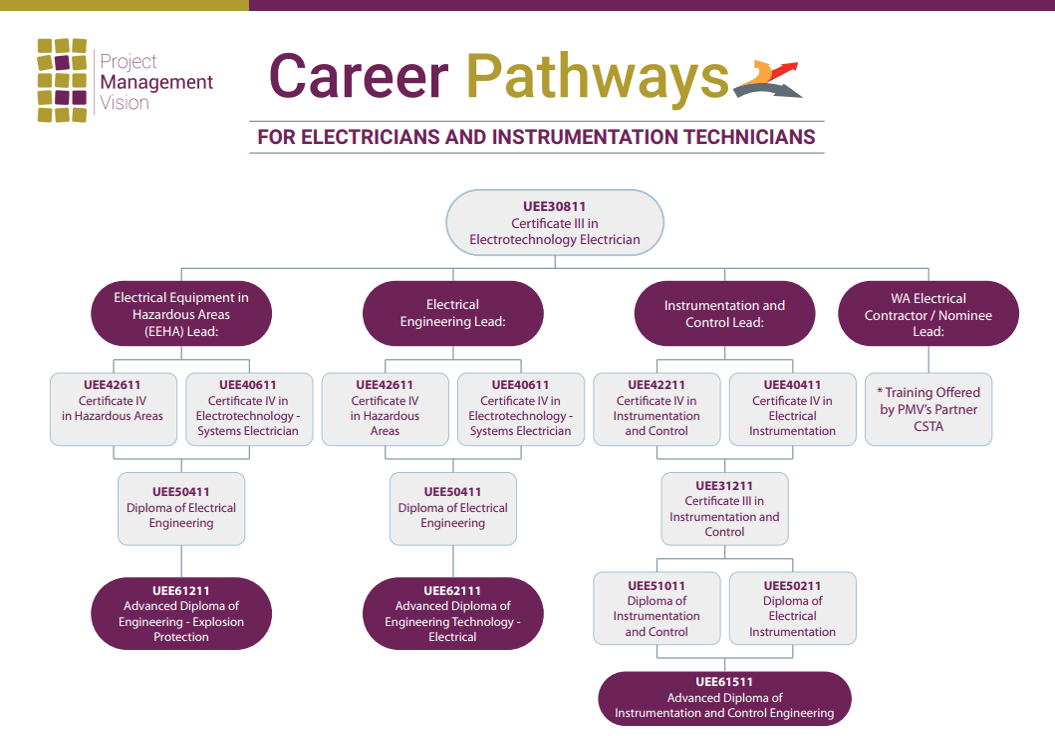The Only Guide for Roar Solutions
The Only Guide for Roar Solutions
Blog Article
Roar Solutions Fundamentals Explained
Table of ContentsWhat Does Roar Solutions Mean?Roar Solutions Things To Know Before You Get ThisOur Roar Solutions Statements
In order to protect setups from a prospective explosion an approach of analysing and categorizing a potentially harmful location is required. The objective of this is to make sure the proper choice and installment of tools to inevitably prevent an explosion and to ensure safety and security of life.
(https://www.wattpad.com/user/roarsolutions)
No tools needs to be mounted where the surface temperature of the devices is above the ignition temperature level of the given risk. Below are some usual dirt dangerous and their minimal ignition temperature. Coal Dust 380C 225C Polythene 420C (thaws) Methyl Cellulose 420C 320C Starch 460C 435C Flour 490C 340C Sugar 490C 460C Grain Dirt 510C 300C Phenolic Resin 530C > 450C Aluminium 590C > 450C PVC 700C > 450C Residue 810C 570C The likelihood of the danger being existing in a concentration high sufficient to trigger an ignition will vary from location to area.
In order to categorize this threat an installation is split into locations of danger relying on the amount of time the dangerous is present. These areas are referred to as Areas. For gases and vapours and dirts and fibres there are three areas. Zone 0 Zone 20 An unsafe ambience is highly most likely to be present and might be present for lengthy durations of time (> 1000 hours annually) and even continuously Area 1 Area 21 A harmful atmosphere is possible yet not likely to be existing for extended periods of time (> 10 450 C [842 F] A category of T6 means the minimum ignition temperature level is > 85 C [185 F] Harmful area electrical tools maybe created for use in greater ambient temperature levels. This would suggested on the rating plate e.g. EExe II C T3 Ta + 60C( This indicates at 60C ambient T3 will not be gone beyond) T1 T1, T2, T3, T4, T5, T6 T2 T2, T3, T4, T5, T6 T3 T3, T4, T5, T6 T4 T4, T5, T6 T5 T5, T6 T6 T6 A T Class ranking of T1 implies the optimum surface area temperature generated by the instrument at 40 C is 450 C. Thinking the connected T Course and Temperature rating for the devices are appropriate for the location, you can always make use of an instrument with a more strict Department ranking than needed for the area. There isn't a clear response to this inquiry regrettably. It truly does depend upon the kind of devices and what fixings require to be carried out. Equipment with particular examination treatments that can't be executed in the field in order to achieve/maintain 3rd party score. Should come back to the manufacturing facility if it is before the tools's solution. Area Repair By Authorised Personnel: Difficult testing might not be needed however specific treatments may need to be followed in order for the tools to keep its 3rd party rating. Authorised employees should be utilized to perform the work correctly Repair work should be a like for like replacement. New component must be considered as a straight replacement requiring no special testing of the equipment after the repair service is full. Each piece of equipment with an unsafe ranking ought to be assessed independently. These are detailed at a high degree below, however, for more in-depth details, please refer directly to the standards.
See This Report about Roar Solutions
The equipment register is an extensive database of tools documents that consists of a minimum collection of fields to recognize each thing's place, technical criteria, Ex-spouse category, age, and ecological information. This information is vital for tracking and managing the tools properly within unsafe locations. In contrast, for regular or RBI sampling evaluations, the quality will certainly be a mix of Detailed and Close inspections. The ratio of Detailed to Close evaluations will be determined by the Devices Risk, which is evaluated based on ignition threat (the chance of a source of ignition versus the chance of a flammable environment )and the harmful area category
( Area 0, 1, or 2). This variation will also influence the resourcing demands for job prep work. When Whole lots are defined, you can establish tasting strategies based on the example size of each Whole lot, which describes the number of arbitrary devices items to be evaluated. To identify the called for sample dimension, 2 aspects need to be reviewed: the size of the Lot and the category of assessment, which shows the degree of effort that must be used( minimized, normal, or increased )to the examination of the Whole lot. By incorporating the classification of inspection with the Lot dimension, you can then develop the proper being rejected requirements for a sample, implying the permitted variety of malfunctioning items discovered within that sample. For more details on this process, please describe the Energy Institute Guidelines. The IEC 60079 standard advises that the optimum period in between evaluations must not surpass 3 years. EEHA inspections will certainly likewise be performed outside of RBI campaigns as component of scheduled upkeep and devices overhauls or repair services. These assessments can be attributed towards the RBI example sizes within the affected Whole lots. EEHA inspections are carried out to determine faults in electric equipment. A heavy racking up system is vital, as a single item of tools may have multiple mistakes, each with varying levels of ignition threat. If the consolidated rating of both inspections is much less than two times the mistake rating, the Whole lot is regarded acceptable. If the Great deal is still thought about inappropriate, it needs to undergo a complete assessment or justification, which may cause stricter evaluation protocols. Accepted Great deal: The root causes of any faults are recognized. If an usual failure mode is discovered, extra tools might call for evaluation and repair work. Mistakes are classified by seriousness( Safety and security, Honesty, Home cleaning ), making certain that urgent concerns are assessed and dealt with without delay to reduce any kind of influence on security or procedures. The EEHA data source must track and videotape the lifecycle of mistakes along with the rehabilitative activities taken. Implementing a robust Risk-Based Examination( RBI )approach is important for ensuring compliance and safety and security in managing Electrical Devices in Hazardous Areas( EEHA) (high voltage courses). Automated Mistake Scoring and Lifecycle Management: Effortlessly manage faults and track their lifecycle to boost examination accuracy. The introduction of this support for risk-based assessment further enhances Inspectivity's position as a best-in-class solution for regulative conformity, as well as for any type of asset-centric assessment use situation. If you have an interest in discovering a lot more, we welcome you to request a demonstration and find just how our option can transform your EEHA administration procedures.
Roar Solutions for Dummies

In terms of eruptive danger, a harmful area is a setting in which an eruptive ambience is present (or may be anticipated to be present) in quantities that call for unique precautions for the building and construction, installation and usage of tools. eeha training. In this short article we check out the difficulties dealt with in the work environment, the risk control steps, and the called for competencies to work securely
It issues of modern life that we make, keep or manage a range of gases or liquids that are regarded flammable, and a series of dirts that are regarded flammable. These materials can, in specific conditions, develop eruptive atmospheres and these can have significant and unfortunate repercussions. A lot of us recognize with the fire triangle eliminate any kind of one of the three aspects and the fire can not occur, but what does this mean in the context of dangerous locations? When damaging this down into its easiest terms it is basically: a mix of a certain quantity of release or leak of a specific material or product, blending with ambient oxygen, and the presence of a source of ignition.
In a lot of circumstances, we can do little about the degrees of oxygen in the air, however we can have substantial influence on resources of ignition, for instance electric equipment. Unsafe areas are documented on the hazardous location category illustration and are determined on-site by the triangular "EX-SPOUSE" indication. Right news here, among various other essential information, areas are divided into 3 kinds relying on the hazard, the possibility and period that an explosive atmosphere will certainly exist; Area 0 or 20 is regarded the most dangerous and Area 2 or 22 is regarded the least.
Report this page